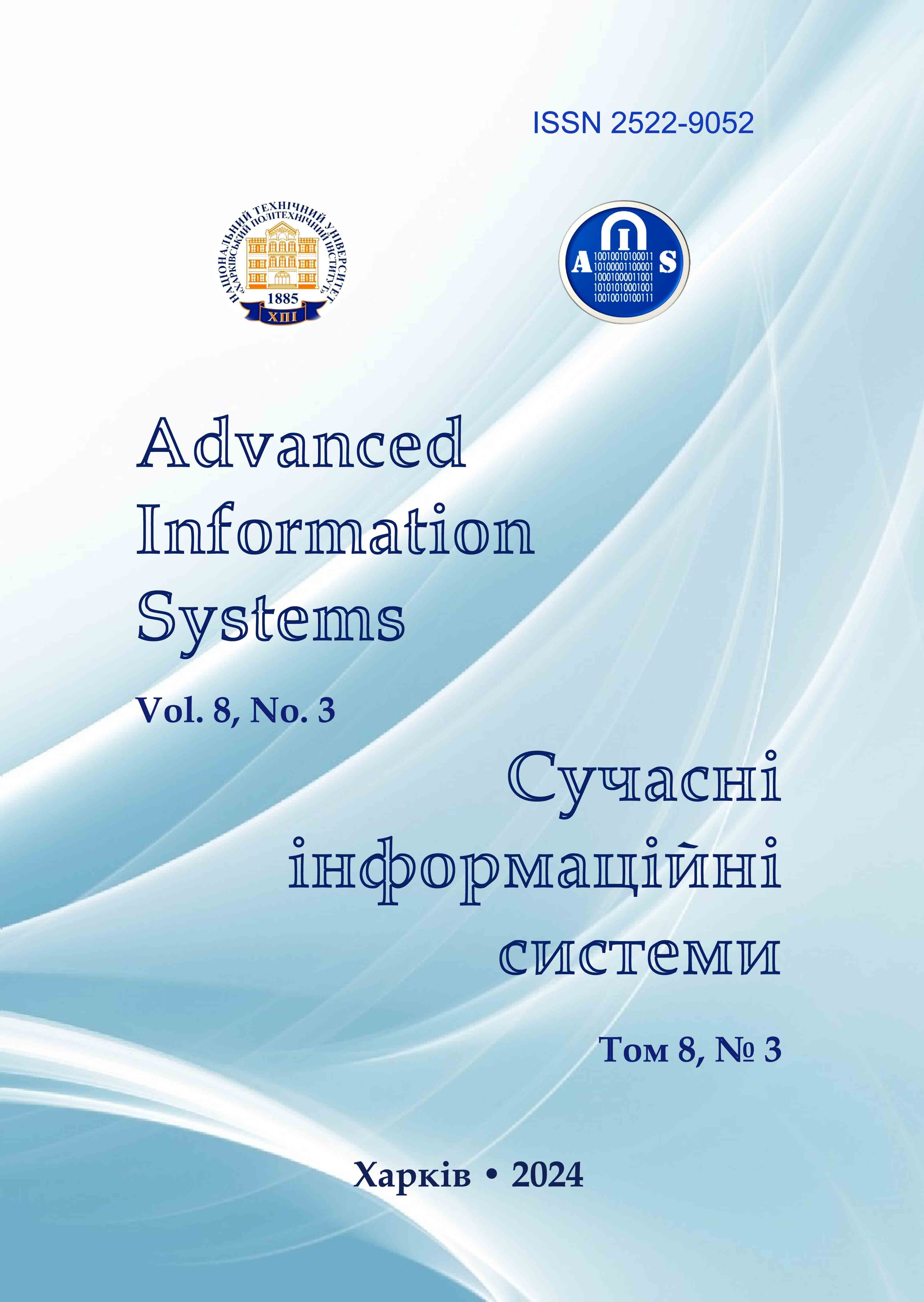RECURSIVE METHOD OF FORMING AN OPTIMAL SET OF TASKS ACCORDING TO THE CRITERION OF MAXIMIZING EARNINGS
Main Article Content
Abstract
The work is devoted to the problem of a person's search in the current difficult times, when there is no work at all, or insufficient wages for normal living, the possibility of additional earnings. The analysis of the current state of the labor market and software systems with offers of vacant jobs showed that there are a sufficient number of such systems in general access and easy to use. One of their disadvantages is focusing only on vacancies that require full or partial employment (for example, the IT field) of a person. Such systems do not provide the possibility of hourly work, and then a person must independently search for offers on various advertising sites, in Telegram channels, Instagram, etc. Another and the most important problem is finding such additional income that would have the maximum impact on a person. The maximization criterion in this case for any person will be the maximum possible amount of earnings for a certain period of time. After all, each proposal has its own complexity and its own price, as well as the time of implementation. The object of research is the process of maximizing earnings. In view of the above-mentioned problems, it is proposed to develop a recursive method of forming an optimal set of tasks proposed for implementation, taking into account the criterion of maximizing earnings, which is the subject of the research. As a result of the implementation of this method, all tasks that will be in the time period specified by the user will be processed and added to the possible chains of tasks. The number of chains and tasks in them will depend on the "reachability" of a certain task for the user to implement, that is, whether the user will have time to physically reach the necessary place for its implementation. Conclusion: based on the results of working out this recursive method, prototypes of its implementation in practice with the formation of an optimal set of tasks and the laying of a route on Google-map are also illustrated.
Article Details
References
(2024), See the Best Jobs for YOU, available at: https://www.ziprecruiter.com/candidate-preview/suggested-jobs
(2024), Site “Jooble” , available at: https://ua.jooble.org/
(2024), Site “DOU”, available at: https://dou.ua/
Asa, J.S., Bumma, O., Tamara, D. and Sarungu, C.M. (2023), “Android Based Job Search Application “Megawe” for The Segment of Workers with an Education Level Below a University Degree”, Procedia Computer Science, 227, pp. 194–203, doi: https://doi.org/10.1016/j.procs.2023.10.517
Pedulla, D.S. and Mueller-Gastell, K. (2019), “Nonstandard work and the job search process: Application pools, search methods, and perceived job quality”, RSF, vol. 5, is. 4, pp. 130–158, doi: https://doi.org/10.7758/rsf.2019.5.4.05
Kuchuk, N., Mozhaiev, O., Semenov, S., Haichenko, A., Kuchuk, H., Tiulieniev, S., Mozhaiev, M., Davydov, V., Brusakova, O. and Gnusov, Y. (2023), “Devising a method for balancing the load on a territorially distributed foggy environment”, Eastern-European Journal of Enterprise Technologies, vol. 1(4 (121), pp. 48–55, doi: https://doi.org/10.15587/1729-4061.2023.274177
Petrovska, I. and Kuchuk, H. (2023), “Adaptive resource allocation method for data processing and security in cloud environment”, Advanced Information Systems, vol. 7(3), pp. 67–73, doi: https://doi.org/10.20998/2522-9052.2023.3.10
Kuang, P., Zhao, Q.-M. and Xie Z.-H. (2015), “Algorithms for solving unconctrained optimization problems”, 12th International Computer Conference on Wavelet Active Media Technology and Information Processing, pp. 379–382, doi: https://doi.org/10.1109/ICCWAMTIP.2015.7494013
Dotsenko, N., Chumachenko, I., Galkin, A., Kuchuk, H. and Chumachenko, D. (2023), “Modeling the Transformation of Configuration Management Processes in a Multi-Project Environment”, Sustainability (Switzerland), vol. 15 (19), 14308, doi: https://doi.org/10.3390/su151914308
Krepych, S. and Spivak, I. (2020), “Model of human weight correction based on interval data analisys”, International Jornal of Computing, vol. 19, is. 1, pp. 128–136, doi: https://doi.org/10.47839/ijc.19.1.1701
Krepych, S., Stakhiv, P. and Spivak, I. (2013), “Analisys of the tolerance area parameters REC based on technological area scattering”, 12th International Conference “The Experience of Designing and Application of CAD Systems in Microelectronics” Polyana Svalyava, pp. 179–180, available at: https://ieeexplore.ieee.org/document/6543231
Grigorov, I., Atanasov, N. and Nikolov, N. (2023), “Recursive Estimation Library For Education”, International Conference Automatics and Informatics, pp.146–151, DOI: https://doi.org/10.1109/ICAI58806.2023.10339057
Collingbourne, H. (2019), The little book of recursion: for programmers, Kindle Edition, 100 p., available at: https://www.amazon.com/Little-Book-Recursion-Programmers/dp/1913132056
Rubio-Sanchez, M. (2018), Introduction to recursive programming, CRC Press, 407 p., ISBN 9781498735285, available at: https://www.oreilly.com/library/view/introduction-to-recursive/9781351647175/
